Julien Gaffuri
COGIT
Objective Function Designing Led by User Preferences Acquisition
Apr 23, 2012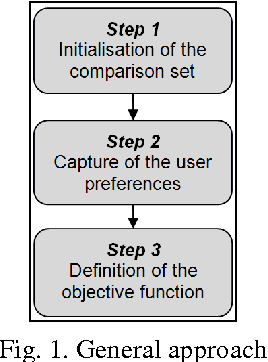

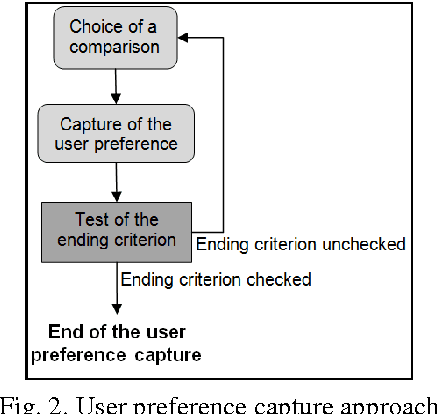
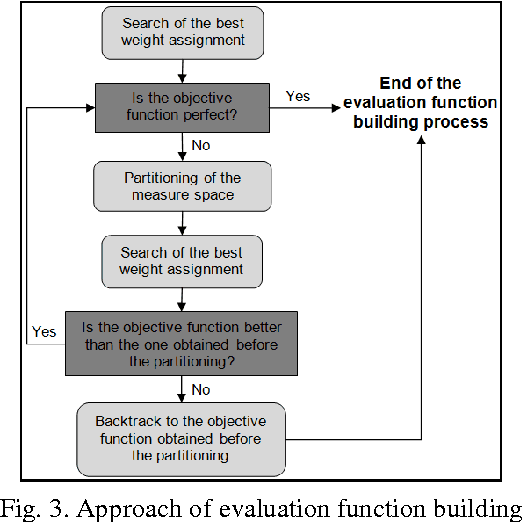
Abstract:Many real world problems can be defined as optimisation problems in which the aim is to maximise an objective function. The quality of obtained solution is directly linked to the pertinence of the used objective function. However, designing such function, which has to translate the user needs, is usually fastidious. In this paper, a method to help user objective functions designing is proposed. Our approach, which is highly interactive, is based on man machine dialogue and more particularly on the comparison of problem instance solutions by the user. We propose an experiment in the domain of cartographic generalisation that shows promising results.
Automatic Sampling of Geographic objects
Apr 20, 2012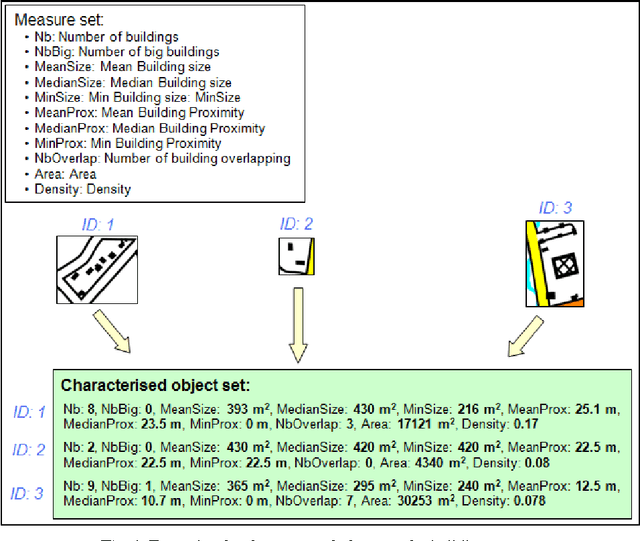
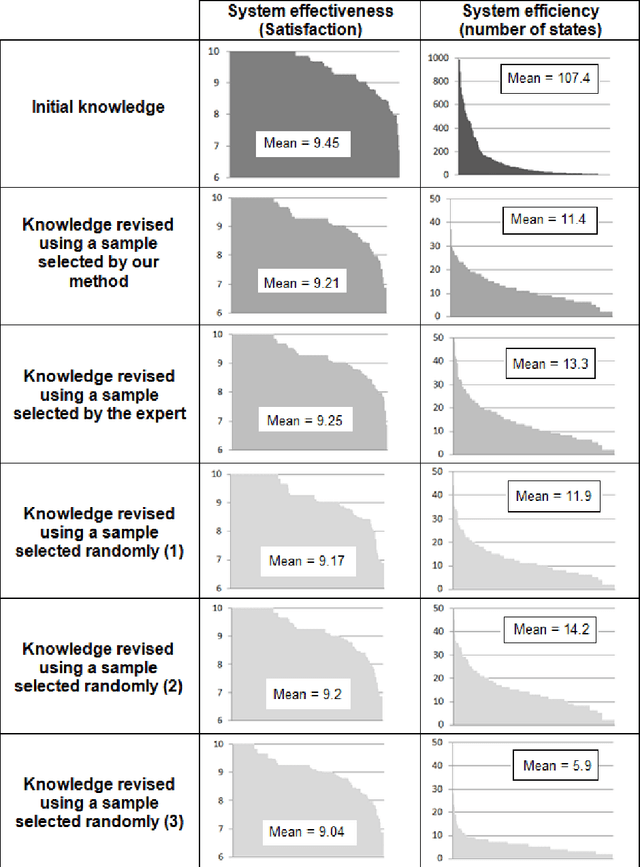
Abstract:Today, one's disposes of large datasets composed of thousands of geographic objects. However, for many processes, which require the appraisal of an expert or much computational time, only a small part of these objects can be taken into account. In this context, robust sampling methods become necessary. In this paper, we propose a sampling method based on clustering techniques. Our method consists in dividing the objects in clusters, then in selecting in each cluster, the most representative objects. A case-study in the context of a process dedicated to knowledge revision for geographic data generalisation is presented. This case-study shows that our method allows to select relevant samples of objects.
Designing generalisation evaluation function through human-machine dialogue
Apr 19, 2012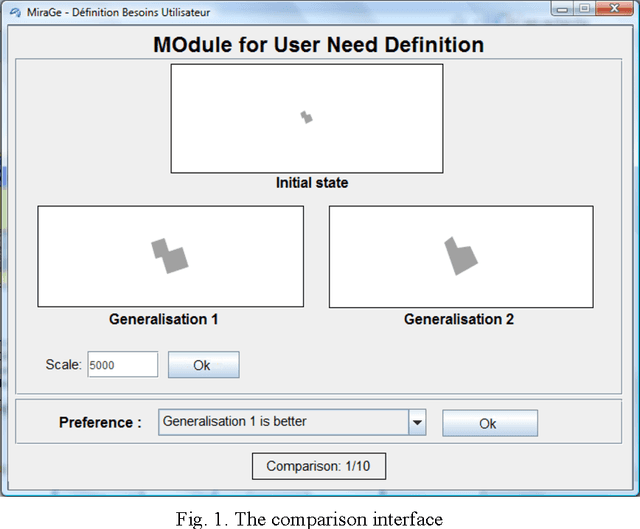

Abstract:Automated generalisation has known important improvements these last few years. However, an issue that still deserves more study concerns the automatic evaluation of generalised data. Indeed, many automated generalisation systems require the utilisation of an evaluation function to automatically assess generalisation outcomes. In this paper, we propose a new approach dedicated to the design of such a function. This approach allows an imperfectly defined evaluation function to be revised through a man-machine dialogue. The user gives its preferences to the system by comparing generalisation outcomes. Machine Learning techniques are then used to improve the evaluation function. An experiment carried out on buildings shows that our approach significantly improves generalisation evaluation functions defined by users.
 Add to Chrome
Add to Chrome Add to Firefox
Add to Firefox Add to Edge
Add to Edge